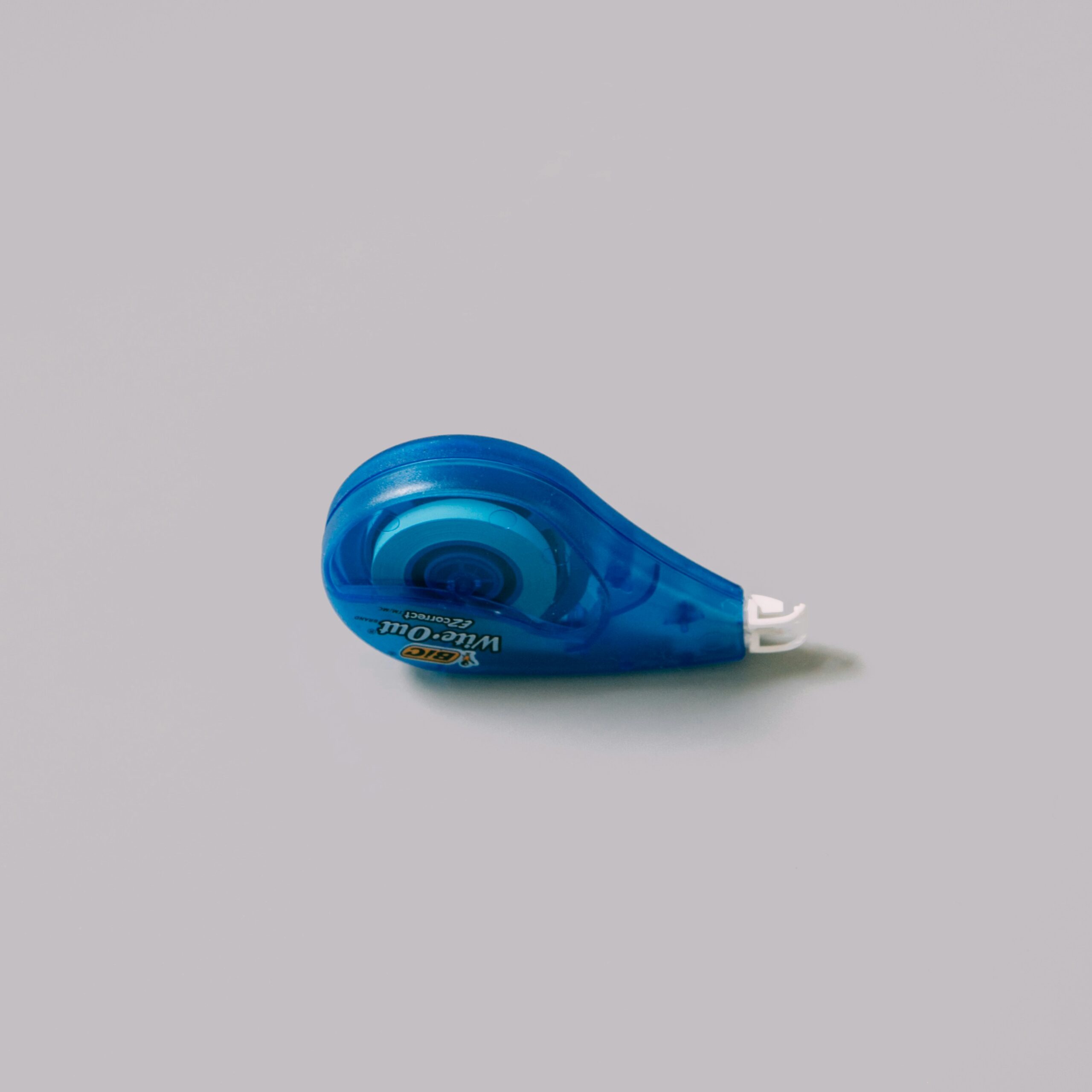This blog post isn’t about your Co-worker, it’s about the “mean girl” in your head.
Many of us have an inner mean girl. It’s an inner voice that seems to bully us no matter what we do. It’s that loudmouth who says things to us that we’d rather not admit to anyone else. The things that when we do recognize them, we break down in tears. Some of us ignore the mean girl, some of us put her in a corner, and some of us indulge her. The interesting thing about these options is that they are rarely long-term solutions. In my first book, Perspectives Through Broken Glass [insert link] I talk about how I struggled with intrusive thoughts and how my solution was taking the “bullhorn” away from the bully and giving it to the inner cheerleader. That solution worked for me for many years until it didn’t.
Eventually, I had a situation that caused me to panic because there was nothing that I was saying or doing that changed how loud or mean that internal voice was. It so happened that on that day I already had a therapy appointment scheduled and my therapist was kind enough to ask me a simple question. “What if your inner bully is just trying to protect you?” That changed the game, and I talk about that experience more in my upcoming book launching on September 30th. But before I had that experience, I learned a technique that I will share with you here, because I think it was fundamentally important in my ability to deal with intrusive thoughts and feel like I was actually making a difference in my own head.
The Belief system that forms your inner “mean girl”.
Our brains are wired from one neuron to the next but in response to the things we perceive throughout our lives. This means that the way we feel about ourselves, and the beliefs that we hold on to about who we are are directly impacted by how we see and understand the rest of the world. Your inner monologue is trying to help you make sense of your surroundings. How we feel changes based on what we believe and what we believe changes based on how we feel.
Another complication is our ego. We so often believe that everything is about us. We don’t understand that many things that happen, that we perceive from others, have very little to do with us. But, because our brains are, at their core only concerned with keeping you alive by any means necessary, it often means that we add meaning where there is none, and form beliefs about our worth and existence based on things that have very little to do with us. Additionally, because our brain’s entire purpose is to protect us, when it perceives, hears, or experiences something difficult, it can sometimes take those experiences and keep them as evidence of what you “should” believe.
Our brains are detectives that work harder for the “mean girl”
I use the analogy of a detective often when I’m talking about the way our brains talk to us and form our beliefs. It starts with one interaction – one observation – that gives us something to question about ourselves or others. (For instance, someone asking “How could you be so stupid” or a parent who is on the phone telling you to be quiet when you’re excited and joyful about something they deem insignificant in all of the chaos that is “adulthood.”) When that one thing happens, your brain forms a belief about why or how that happened, but it’s not a deep belief at first. However, it starts to look for evidence to give it proof – a “Yes, I’m stupid” or a “No I’m not insignificant.”
It puts the evidence in a stack on its detective desk. The evidence for a belief or against it. Some of your evidence might look like an F on a paper, a child on the playground telling you that you’re stupid, a boss that questions why you haven’t learned something, and trouble understanding a math problem in the 4th grade that seems easy for everyone else. Just those 5 pieces of “evidence” that you are “stupid” can create a thought process that takes 60 pieces of evidence to counteract. Yes, it takes 12 positive things to outweigh the negative evidence.
It’s a defense mechanism
I believe that the reason our brain works like this is due to our need to fit into and get along with our communities during the formation of civilization. In the past, if we did not get along with people we were cast out of our communities and it quickly became much harder to survive. (Imagine grocery stores tell you you can’t come and shop because they don’t like you, your landlord kicks you out, and no other grocery store or landlord will rent to you or allow you to shop. You would have to leave, and then what? there weren’t cars back then.)
So, as a collective, we got really good at going with the flow, and trying hard to be “good.” Part of that is being able to understand what other people want from you, the qualities that are less “desirable” in other humans and so our brains have to determine what people think about us, and how to be “good and desirable” I believe this is why it takes us so much effort to re-wire our brains to believe the good things about ourselves. I also believe this is amplified by trauma and abuse.
So how do you help your brain see things differently?
One method I’ve found to help us out of this and to shift the way our brains respond to the mean girl is to dedicate a few minutes to the reframe. I find this particularly effective when we are really struggling – emotionally, and we’re being particularly mean to ourselves.
Here’s how it works.
Step 1 – Find a timer, a notebook/piece of paper, and a pen/pencil. Set the time for 3-5 minutes and just write.
Step 2 – Write all the bad things that your brain is telling you. It’s hard sometimes to write those things, I know – but this part is IMPORTANT – write it all down.
Step 3 – When the timer stops – pencil down and take 5 deep breaths.
Step 4 – when you’re done with your breathing, take a moment to imagine that this was not something that you wrote, but instead was something that your best friend wrote and sent to you (a text, a phone call, a letter, whatever works.)
Step 5 – Set the timer for an equal amount of time as the first time (3-5 minutes)
Step 6 – write down the things you would say to your best friend if they were the sender of that note. What would you say to your best friend if their inner voice were saying mean and nasty things to them?
Step 7 – When the timer is done take another 5 deep breaths and imagine your best friend just wrote you a note in response to the things you were telling yourself.
Step 8 – When you’re done breathing, read the note that your best friend sent you.
Why does this work in taming the mean girl?
The truth is that we wouldn’t talk to Strangers the way we talk to ourselves, and we sure as hell wouldn’t talk to our best friend like that. If our best friend was talking to herself like that we’d step in, help her see that she isn’t stupid, that she is awesome and smart, and talented. Here’s the thing though, sometimes – that mean girl in our head – we wouldn’t even tell our best friend what she says. So, in those situations – we have to be our own best friend.
This works because 1) we release it all – we let it go. Studies show us that the brain’s negative brain waves are actually reduced after venting through writing. 2) We give our brain evidence to the contrary. In the evidence-based way our brain searches for answers, by giving it something else to see we can trick our brain into searching for evidence that we are worthy of the same level of care and love and kindness that we give to our friends. 3) The deep breathing helps us to calm our nervous system, which is responsible for fight or flight responses and can amplify our emotions and memories of specific situations – this allows us to find our way back to an emotional baseline that does not trigger our “protector” brain.
If you have a mean girl in your head, and you need a different perspective, reach out. You aren’t alone and I’m here for you!







0 Comments